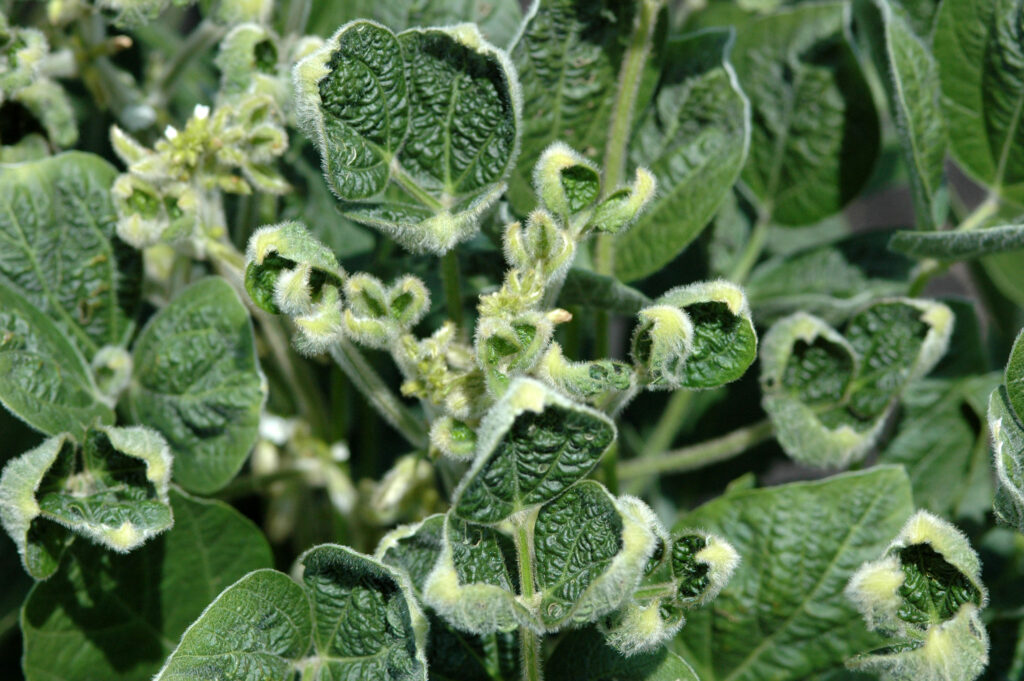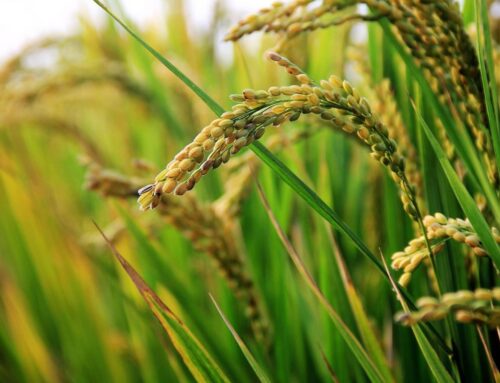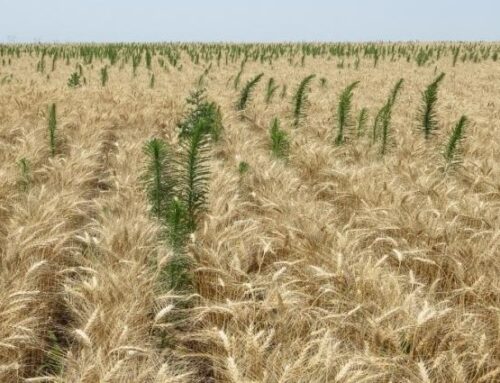
The Environmental Protection Agency (EPA) announced December 21 it is “…debating whether over-the-top use of dicamba herbicide can be used in a manner that does not pose unreasonable risks to non-target crops and other plants, or to listed species and their designated critical habitats.”
This was one finding in the agency’s 73-page 2021 Incident Report, in which the EPA said it received roughly 3,500 dicamba-related incident reports from the 2021 growing season, and that:
- More than 1 million acres of non-dicamba-tolerant soybean crops were allegedly damaged by off-target movement of dicamba.
- A range of non-target agricultural crops were allegedly affected by dicamba, such as sugar beets, rice, sweet potatoes, peanuts, and grapes.
- Dicamba allegedly damaged non-agricultural plants and trees, such as those that grow near homes and in wild areas, including a 160,000-acre wildlife refuge.
- More than 280 incident reports came from counties where additional restrictions are required to protect endangered species when dicamba is applied to dicamba-tolerant soybean and cotton crops.
In a summary news release, EPA said that based on prior research and numerous stakeholder meetings, “…EPA has reason to believe the number of incidents reported significantly understates the actual number of incidents related to dicamba use.” For example, in a 2020 memo, EPA estimated that one in 25 dicamba incidents was reported to EPA. No evidence available to EPA suggests that underreporting has changed.
“The regulatory tools that the Agency could use to address the extent and severity of the alleged dicamba-related incidents are unlikely to be fully implemented by the 2022 growing season due to the statutory processes the Agency is required to follow,” the report says.
The American Soybean Association, National Cotton Council, and American Farm Bureau Federation are raising questions about data released Dec. 21 by EPA regarding reported dicamba off-target complaints during the 2021 growing season. Growers are concerned with the potential of significant gaps in the data provided by the agency.
For example:
- It is not clear whether complaints were submitted to multiple sources/regulators and were therefore double-counted.
- It is unclear if EPA, state regulators, or others investigated complaints to verify injury or assess potential causes.
Alan Meadows, a soybean grower from Halls, Tennessee, and ASA director said, “The agricultural community expects regulators to be clear with the data on which they are making decisions. It is concerning the information released provides an incomplete picture. Data that is not present in this EPA release may tell as much or more about the story than what the agency has included.”
NCC Chairman Kent Fountain, a Georgia cotton producer, said, “EPA’s report doesn’t align with what the U.S. cotton industry has seen and heard in the field. The data needs to be analyzed carefully to ensure accuracy because dicamba is too important to our industry for decisions to be made on incomplete or faulty data.”
AFBF President Zippy Duvall said, “The decisions EPA makes regarding herbicides have wide-ranging consequences for America’s farmers and ranchers, so they should be made after careful review and consideration of peer-reviewed science. The stakes are simply too high to make major label changes without due diligence from EPA to learn all the facts surrounding reported incidents. America’s farmers deserve a fair process as they work to use climate-smart practices to produce food, fuel and fiber for our nation.”
The EPA said in the report that it is committed to helping states address issues related to incidents in their jurisdictions. If a state wishes to further restrict or narrow the over-the-top uses of dicamba, the Agency will work with them to support their goals. Additionally, due to the extent and severity of reported incidents from the 2021 growing season, EPA is unlikely to approve section 24(c) requests under the Federal Insecticide, Fungicide, and Rodenticide Act (FIFRA) to register additional uses of federally registered over-the-top dicamba products to meet special local needs.
Read the original article – CLICK HERE




